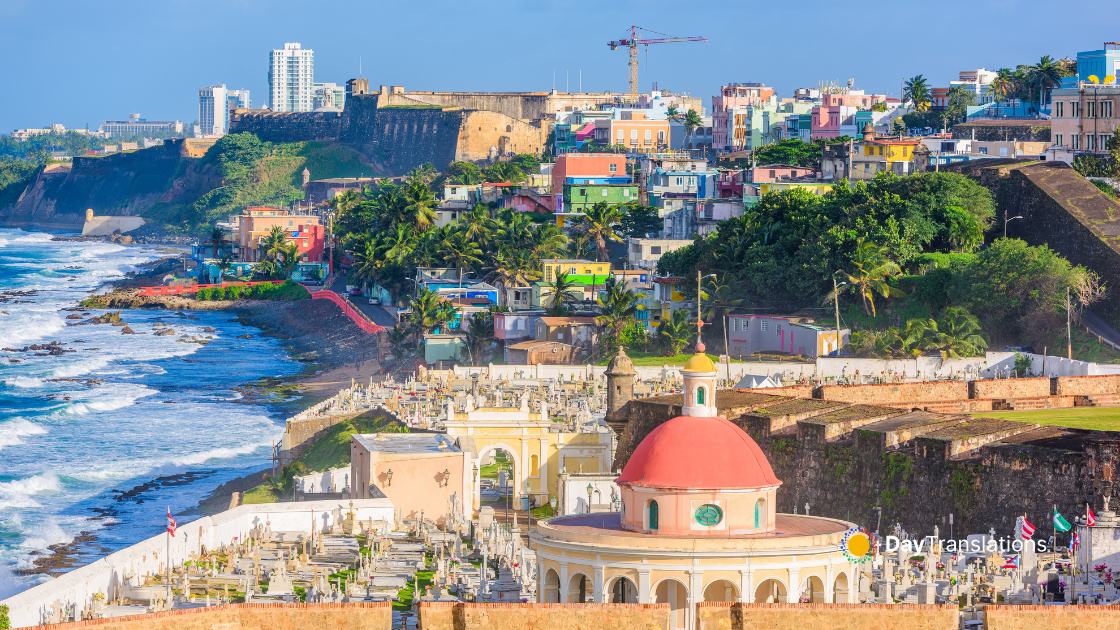Information about the Portuguese Flag: Colors and Meaning of the Flag of Portugal
In this Country Profile
:: Meaning of the Portuguese Flag ::
The Portuguese national flag is a 2:3 rectangle divided vertically into green at the hoist (2/5 of the flag’s length) and red at the fly (3/5). The Portuguese coat of arms is pictured where the two colors meet. The Portuguese flag was officially adopted in the year of 1911.
According to the constitution, the national flag is a symbol of Portugal’s independence, unity and integrity. A coat of arms with the country’s traditional shield is centered on the Portuguese flag where the two colors meet. The red section represents the Portuguese revolution of 1910 and the green represents hope.
:: Meaning of the Portuguese Coat of Arms ::
The five blue shields represents the five moor kings defeated by the first King of Portugal, D. Afonso Henriques, at the Battle of Ourique.
The dots inside the blue shields represent the five wounds of Christ when crucified.
Counting the dots and doubling those five in the center, there are thirty dots that represents the coins Judas received for having betrayed Christ.
The seven castles represents the fortified cities D. Afonso Henriques conquered from the moors.
The globe represents the world discovered by the Portuguese navigators in the fifteen and sixteenth centuries. The green strip is meant to symbolize the hope in the future and the red the blood of the nation’s heroes.

Sorry, the comment form is closed at this time.